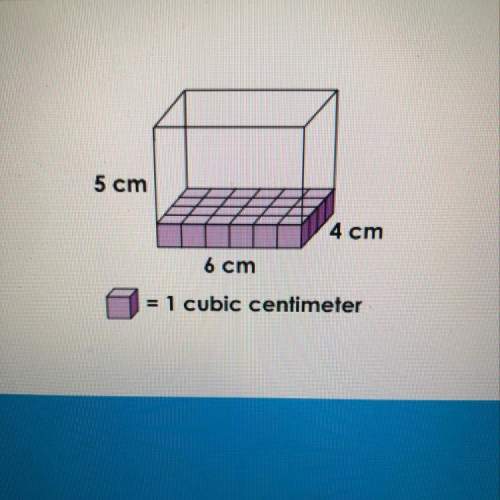
Mathematics, 13.10.2020 04:01 kaylabjoyner4023
Consider the following game, played with three standard six-sided dice. If the player ends with all three dice showing the same number, she wins. The player starts by rolling all three dice. After this first roll, the player can select any one, two, or all of the three dice and re-roll them. After this second roll, the player can again select any of the three dice and re-roll them one final time. For the following questions, assume that the player used the following optimal strategy: if all three dice match, the player stops and winds; if two dice match, the player re-rolls the die that does not match; and if no dice match, the player re-rolls them all.
Requied:
a. Find the probability that all three dice show the same number on the first roll.
b. Find the probability that exactly two of the three dice show the same number after the first roll.
c. Find the probability that the player wins, conditioned on exactly two of the three dice showing the same number after the first roll.

Answers: 1


Other questions on the subject: Mathematics

Mathematics, 21.06.2019 17:30, Vampfox
Monthly water bills for a city have a mean of $108.43 and a standard deviation of $32.09. find the probability that a randomly selected bill will have an amount greater than $155, which the city believes might indicate that someone is wasting water. would a bill that size be considered unusual?
Answers: 1


Mathematics, 21.06.2019 19:30, bxbykyah
You have learned about the six trigonometric functions, their definitions, how to use them, and how to represent them graphically. the sine, cosine, and tangent trigonometric functions can be paired with their reciprocal functions, cosecant, secant, and cotangent, respectively. think about how each function is related to its reciprocal function. how are the graphs of the reciprocal functions related to their corresponding original functions? what happens to the graphs of the reciprocal functions as x approaches the zeros of the original functions? describe how you would teach friends with different learning styles (visual-spatial, aural-auditory, verbal-linguistic, physical-bodily-kinesthetic, logical-mathematical, social-interpersonal, and solitary-intrapersonal) how to graph the reciprocal functions
Answers: 2

Mathematics, 21.06.2019 20:00, Enaszr9657
Two line segments are shown in the figure below. suppose that the length of the line along the x-axis is 6, and the length of the hypotenuse of the triangle is 10. what is the equation of the hypotenuse line (shown in red, below)?
Answers: 3
You know the right answer?
Consider the following game, played with three standard six-sided dice. If the player ends with all...
Questions in other subjects:

Mathematics, 14.12.2021 18:30

Biology, 14.12.2021 18:30


Business, 14.12.2021 18:30




Mathematics, 14.12.2021 18:30


History, 14.12.2021 18:30


















